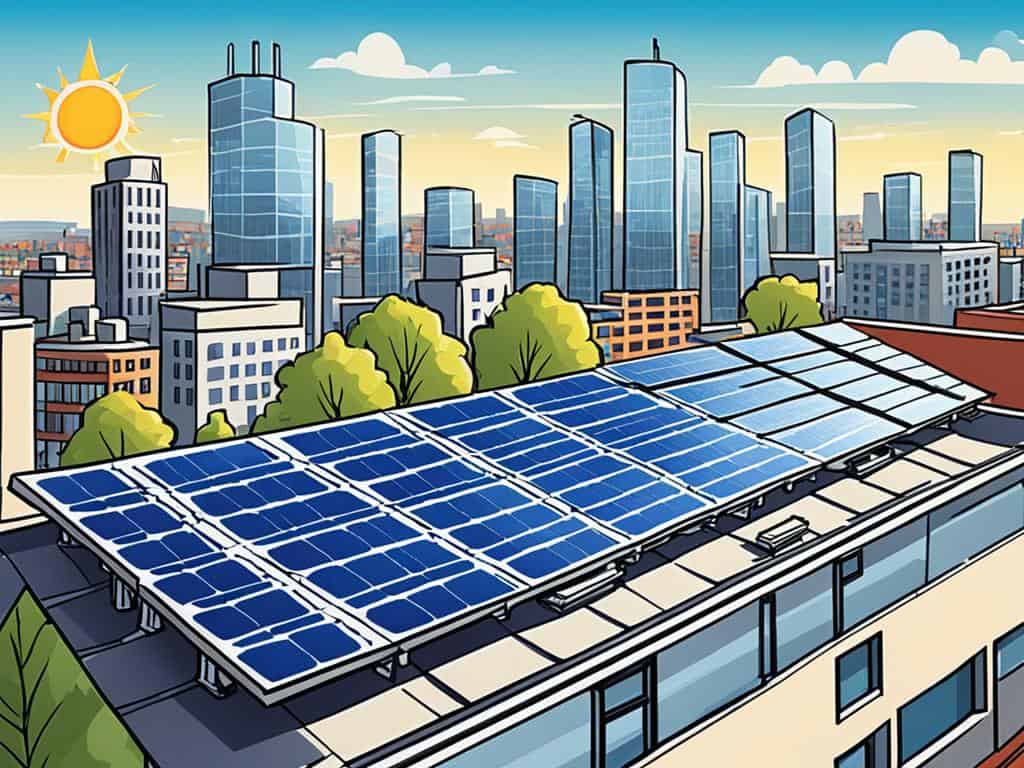The phrase Atmanirbhar Bharat has echoed across every sector in recent years, but nowhere does it hold more urgency than in energy. For a country that imports the bulk of its crude oil and relies heavily on global markets for coal, gas and even rare earth minerals, self-reliance is more than patriotic rhetoric. It is about survival in a world where geopolitics can turn off supply lines overnight.
The transmission highway India cannot ignore
India’s deserts and coasts brim with solar and wind projects, yet much of that power stalls before it lights up homes. Why? Because transmission corridors remain choked or delayed. Unless India builds the highways of electrons — green corridors, smart grids and inter-state connectors — Atmanirbhar energy will remain a dream on paper. Every stranded megawatt is not just wasted capacity but a blow to economic growth.
Solar panels may hum at noon, but factories need power at midnight. This mismatch is India’s biggest challenge. Pumped hydro, batteries, compressed air and green hydrogen are no longer buzzwords — they are survival tools. Without storage at scale, India will be forced back into the arms of imported fuels every time renewables waver. Atmanirbharta means energy that is not only produced at home but available 24×7.
Mining what lies beneath
Rare earths are the new oil. They power everything from wind turbines to smartphones. India has reserves but lags in processing capacity. Unless we crack the mining-to-manufacturing chain, our industries will remain dependent on China and others. Atmanirbhar energy is not just about fuels, but also the critical minerals that drive tomorrow’s clean technologies.
The urban-industrial challenge
India’s cities guzzle electricity while choking on fumes. Rooftop solar, decentralised biogas, district cooling, and EV charging hubs can turn them from black holes into energy producers. For industries, self-reliance means cutting import-heavy fuels with captive renewable power and cogeneration. The EV story too is incomplete without a charging backbone powered by clean domestic energy.
Policy, finance and the trust factor
Money is not the only fuel energy needs. Investors want clarity. Developers want consistency. Consumers want affordability. Without clear policies, stable tariffs and centre-state coordination, India’s Atmanirbhar energy will stumble. The private sector is ready to put billions on the table — but only if the rules of the game are steady and predictable.
The road ahead
Energy independence will not arrive in a single policy announcement or a new refinery ribbon-cutting. It will be built brick by brick — transmission lines laid, storage projects launched, mines opened, and EV chargers plugged in. What India needs today is execution with urgency.
If we succeed, the country will not only shield itself from global price shocks but also stand tall as a resilient, energy-secure power in the decades to come.
